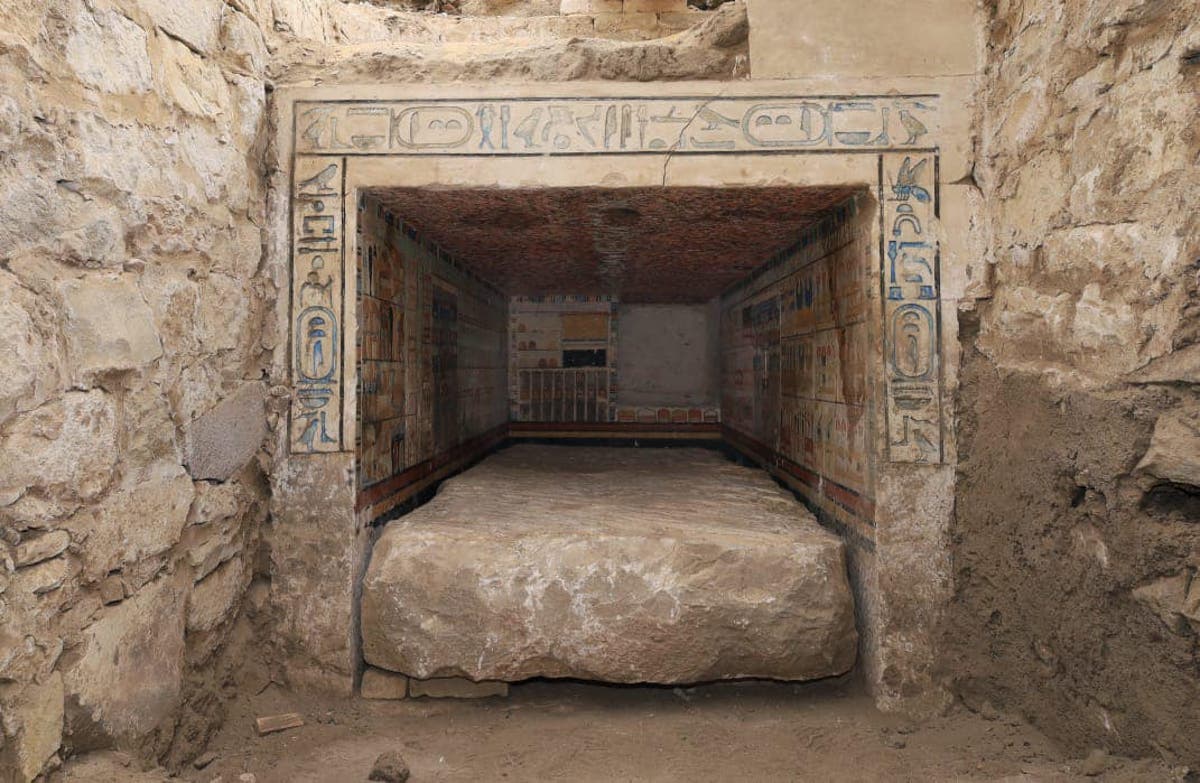Surrey, England – A remarkably preserved dog penis bone, painted with red ochre, unearthed from a Roman-era quarry shaft, suggests a potential fertility ritual among early Romano-British inhabitants. The discovery, detailed in a new study published in the Oxford Journal of Archaeology, sheds light on the beliefs and practices of this period.
Excavations at the Nescot shaft, dating back to the first century AD, uncovered a significant collection of animal bones, predominantly from young domestic animals like pigs, horses, cows, sheep, and corgis. A striking absence of butchering or signs of disease further underscores their ritualistic purpose.
Crucially, the dog penis bone, uniquely painted with red ochre, points towards a deliberate act. The ochre, not naturally occurring at the site, suggests it was specifically chosen, potentially signifying a symbolic charm for the ritual.
Archaeologist Ellen Green, the study's author, postulates a connection to fertility rituals. The presence of numerous young animals, corresponding with seasonal births and the agricultural cycle, fuels this theory. This innovative analysis links the deposition of remains to a concept of regeneration and abundance.
"This discovery represents one of the first instances demonstrating a potential link between ritual shafts and fertility across multiple lines of evidence, including the particular selection of animals," says Dr. Green.
The unique assemblage of human and animal remains found within the shaft, along with the painted bone, supports the idea that early inhabitants of the region sought cosmological connections to the agricultural cycle and the continuation of life. While the precise reasons behind this practice remain somewhat elusive, the study provides compelling evidence for a complex ritualistic belief system linked to abundance and regeneration during the Romano-British era.







